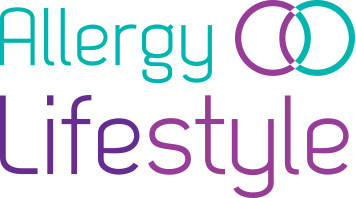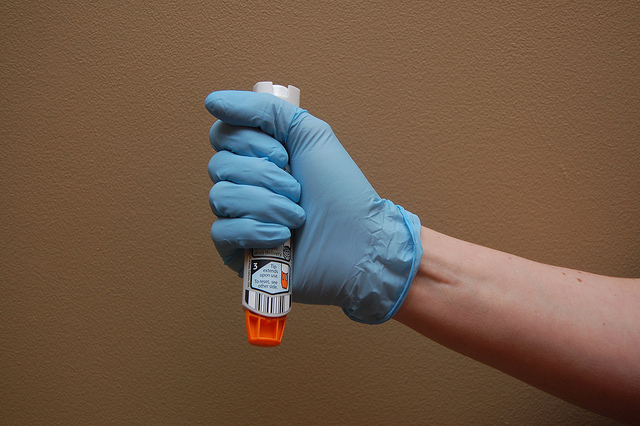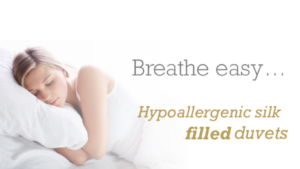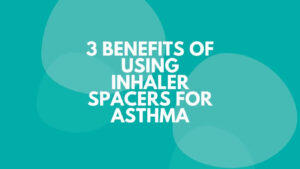Allergy Blog
Training in use of Adrenaline Auto-Injectors key to correct technique
Adrenaline auto injectors (AAIs) are the first line treatment for anaphylaxis. If given in time, they can halt the progression of anaphylaxis and give time to seek emergency medical treatment.
Anaphylaxis is becoming more common over time. Rates of hospital admissions in the UK for all causes of anaphylaxis have increased seven-fold between 1992 and 2012. Prescriptions for AAIs have increased four-fold from 1998 to 2012. Anaphylaxis is the cause of about 20 deaths per year in the UK.
Although AAIs are the first line treatment, this relies on correct administration.
Research shows patients and parents struggle with correct use without training
Researchers at a children’s hospital in Brighton have recently conducted a review of studies which looked at correct adrenaline auto-injector technique. The studies were conducted in 6 countries over 17 years and showed that correct administration technique and skills were consistently poor.
The studies showed that only 30% of patients, 32% of parents/caregivers and 21% of healthcare providers could correctly administer the AAI.
Some of the studies used a before and after design which looked at the administration technique before and after training. These studies show that after training 77% of patients, 79% of parents/caregivers and 65% of healthcare providers learned the correct technique.
The most common error made was failing to hold the AAI in place for the recommended time. Another error made consistently by patients and caregivers was failing to apply enough pressure for the needle to activate.
There were several factors which were linked to a better administration technique in patients; being aged over 18, trained in the use of their AAI by an allergist, carried an AAI for over 30 months, a history of severe anaphylaxis and membership of a support group.
For parents and caregivers, having access to a training device with which to practice and having an Auvi-Q AAI were also linked to a better technique.
Training
Training in the use of an AAI is essential in order to ensure correct administration in cases of emergency. An allergy specialist will usually provide training to patients and/or parents and caregivers when they prescribe the AAI.
Make sure you have a training device. These can be obtained free of charge from your pharmacist if you have a prescription for an AAI. If you don’t have a prescription, you can purchase a device here: EpiPen® training device, Anapen® training device and Jext® training device.
Image credit: ©Flickr/ Greg Friese
Source: https://emj.bmj.com/content/early/2016/07/27/emermed-2016-205742.short
Disclaimer: The information provided is for informational purposes only and is not intended to be a substitute for professional medical advice, diagnosis or treatment. Allergy Lifestyle Limited (t/a) Allergy Lifestyle) uses reasonable endeavours to check the accuracy of information provided however no warranty is given that they are error-free. Always seek the advice of an allergy specialist and follow your anaphylaxis emergency care plan.








